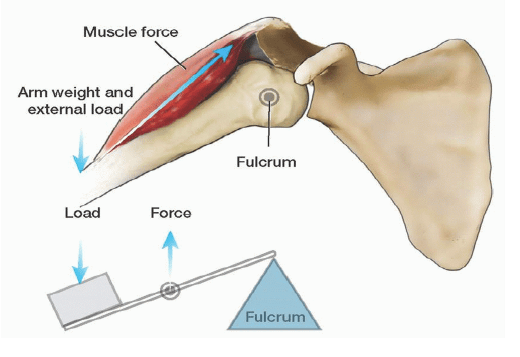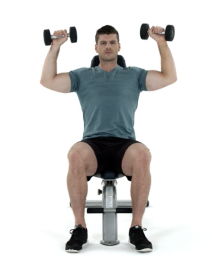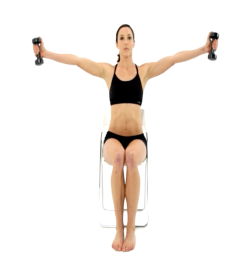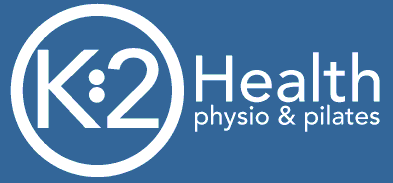Written by Tracy Gregson- BSc BPhty MSportsPhysio
In the March edition of K2 Corner, we discussed the importance of postural strengthening to optimise the movement of our shoulders and help reduce the risk of injury.
When we look at how we use our arms and how it affects our shoulders, we must understand how the position of load impacts our body. This too can help prevent injury. A crane lifting a concrete structure or our arm lifting a barbell are examples of two types of lever systems. The human body is seen as a system of levers. A human lever, such as the shoulder, includes a rigid structure (the bones in the upper limb) and a force acting upon it (the muscles in the shoulder and arm) to produce a movement (lifting) through a central point/fulcrum (shoulder joint). The amount of force on the muscles in the arm and shoulder required to move the weight depends on the size and position of the load needing to be moved.
The forces we put on those levers can result in building muscle size and strength if applied correctly, or injury if applied incorrectly.

When we lift a load such as a weight at the gym, the farther and heavier the weight is from the shoulder joint (fulcrum), the more effort it will take for the muscles in the shoulder and arm to move that weight.
Effort = load × (distance from fulcrum to load/distance from fulcrum to effort)
Unless you have very strong upper body postural, shoulder and arm muscles, it is much safer to do a bent arm lateral raise to bring the weight closer to the body than a straight arm lateral raise.
Lifting a load, say a 10kg bag of oranges, with straight arms in front or to the side of the body, is generally not comfortable and places a big load on the arms and shoulders. If we carry that same bag of oranges close to our body, our arms and shoulders are much happier. This is the same as when we lift weights.
✅ 

❎
Lifting close to the body is much easier on the shoulders and back than lifting with the weight away from the body.
Carrying items, such as shopping bags, tool-kits and other heavy items also requires upper and lower core activation such as firming your stomach muscles and setting your shoulder blades in a “ good posture” position (see the April edition of K@ corner) so the load, which is held close to your body, is spread over many muscles and not just the shoulder and arm muscles.
Keep your body strong and flexible, especially as you age and if you need guidance please speak with a health professional.
Tracy Gregson
BSc BPhty MSportsPhysio
K2 Health
tracy@k2health.com.au
